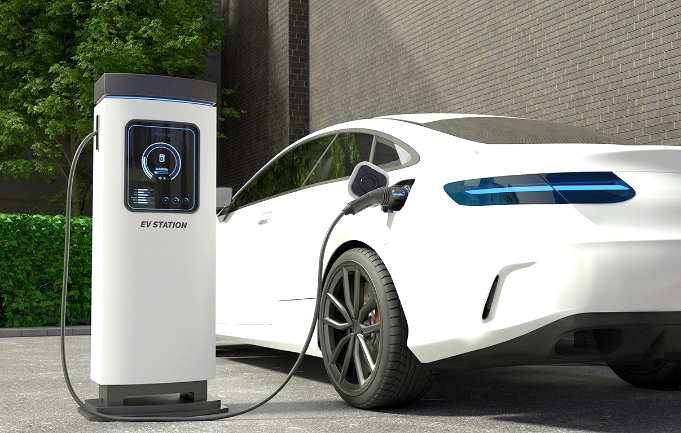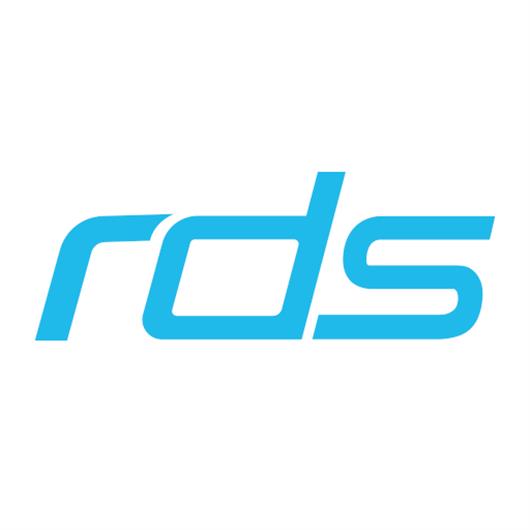 Add My Company
Add My Company
CUTTING-EDGE UV PROTECTION FOR TOUCH PANELS

Many touch products are utilized in outdoor, semi-outdoor, or window-adjacent environments. Projected capacitive (PCAP) touch panels, when exposed to sunlight for prolonged periods, can suffer from yellowing, bubbling, or diamond pattern formations, potentially leading to functional failure. These issues primarily stem from extended ultraviolet (UV) radiation exposure, which degrades the ITO film on the touch panels. AMT’s Anti-UV PCAP touch panels provide exceptional protection against these effects, markedly extending the operational lifespan compared to other market alternatives.
Comprehensive UV Radiation Mitigation for Touch Panels
UV radiation is classified into three types: UVA (wavelength 400-315nm), UVB (wavelength 315-280nm), and UVC (wavelength 280-100nm). While the Earth’s ozone layer blocks the majority of the sun’s UV radiation, 98.7% of the UV radiation that reaches the Earth’s surface is UVA. This type of radiation is particularly detrimental to PCAP touch panels, accelerating the degradation of the touch layer, leading to yellowing, loss of transparency, and brittleness or cracking of structural materials. Although the glass top layer of a PCAP touch panel can block UVB and UVC, it does not prevent UVA penetration. Consequently, we implement UV protection measures beneath the glass layer to effectively mitigate UV-induced damage. Our design has undergone stringent testing to ensure enduring UV protection for touch panel products, guaranteeing their long-term reliability and performance.
Rigorous UV Testing for AMT’s Anti-UV PCAP Touch Panels
We subject our Anti-UV-designed PCAP touch panels to Q-SUN and QUV ultraviolet ageing tests, simulating outdoor UV exposure. The Q-SUN test replicates a full-spectrum environment, while the QUV test directly exposes PCAP touch panels to UVA radiation. AMT’s Anti-UV PCAP touch panels successfully pass the Q-SUN MIL-STD-810H Pro 1 – 1,000 hours and QUV ASTM G154 Cycle 1 – 1,000 hours testing standards, demonstrating their exceptional reliability and durability in extreme environments.
Practical Longevity: Understanding 1,000 Hours of UV Testing
Inquiries often arise regarding the practical significance of 1,000 hours of UV testing. The actual lifespan of touch panels is influenced by several outdoor factors, including sunlight duration, temperature, humidity, and sunlight angle. For instance, in Miami, situated at latitude 25°N, the average annual sunlight exposure is 8 hours per day, with an energy output of 5340 Wh/m2/day and an average maximum temperature of 32°C. By comparing these conditions with Q-SUN machine parameters, we determine that 1 hour of Q-SUN testing is approximately equivalent to 13 hours of Miami’s sunlight exposure. Consequently, AMT’s Anti-UV PCAP touch panels are projected to last around 4.5 years in Miami’s outdoor environment. Across various regions with differing climatic conditions, AMT’s Anti-UV PCAP touch panels typically ensure a lifespan of three to five years.
Industrial-Grade UV Protection for Prolonged Outdoor Use
AMT’s Anti-UV PCAP touch panels are engineered with superior UV resistance, ensuring sustained and reliable performance in diverse environments. These panels are ideal for applications requiring extended sunlight exposure, such as kiosks, gas stations, electric vehicle charging stations, marine systems, and transportation.
RDS has been using AMT touch solutions for over 30 years, they are robust and are great quality, please contact RDS for details of the AMT range at 01959 563 345.
For more information on CUTTING-EDGE UV PROTECTION FOR TOUCH PANELS talk to RDS (Review Display Systems Ltd)


